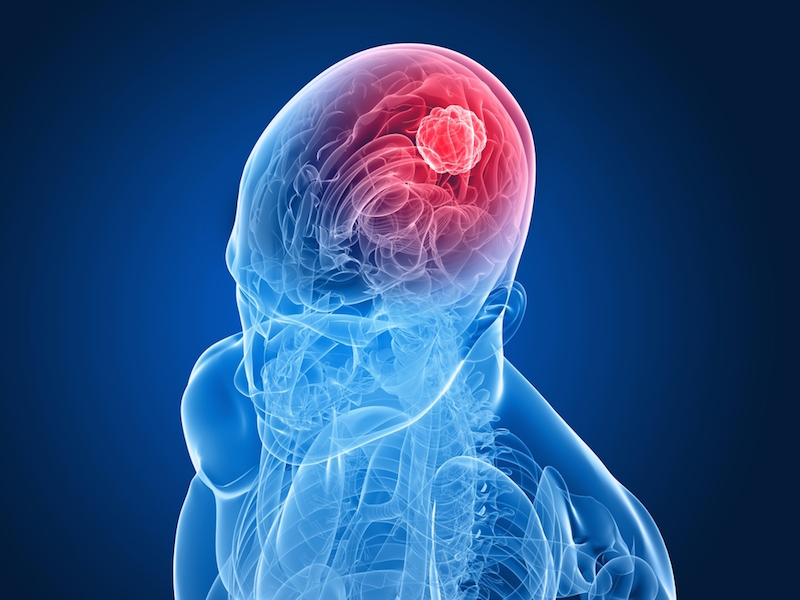Brain Tumor Triggers Woman's Sudden 'Hyper-Religious' Behavior

A woman in Spain who suddenly became very religious and believed she was speaking with the Virgin Mary turned out to have a brain tumor that appears to have caused her symptoms, according to a new report of the case.
The 60-year-old women was said to be a happy, positive person who was not particularly religious. But over a two-month period, her friends and family noticed changes in her personality and behavior. She appeared sad and withdrawn, and also showed increasing interest in the Bible and other sacred writings, the report said.
The woman started spending hours during the day reciting religious writings. She also had mystical experiences, in which she reported seeing, feeling and talking with the Virgin Mary, the report said. [8 Ways Religion Impacts Your Life]
Those close to her thought the woman might be experiencing depression, because she was caring for a relative with cancer at the time.
However, when her doctors performed an MRI, they saw several lesions in her brain. After taking a biopsy from one of the lesions, doctors diagnosed the woman with glioblastoma multiforme, a particularly aggressive form of brain cancer.
The tumors were too large to treat with surgery, so the woman received chemotherapy and radiation for the cancer. Her doctors also prescribed antipsychotic drugs for her, because some studies have suggested this class of drugs may have an anti-cancer effect on glioblastoma.
During the woman's five-week treatment, her religious visions gradually disappeared, the report said.
Sign up for the Live Science daily newsletter now
Get the world’s most fascinating discoveries delivered straight to your inbox.
In this patient's case, "it is clear that the religious experience represented a fracture" from her prior behavior that was "not preceded by a gradual change in her thinking and acting," the researchers, from the Hospital General Universitario Morales Meseguer in Murcia, Spain, wrote in their paper, published online Dec. 12, 2016, in the journal Neurocase. "Nor was there any kind of trigger or reason [for the behavior change] except for the disease, and hence, it can be considered a clearly pathological experience," they said.
It's not clear how often people experience "hyper-religiosity" or other behavior changes as their first symptom of a brain tumor, the researchers said. One review found that up to 22 percent of all brain tumors may first appear along with psychotic symptoms.
From this one case, it's not possible to pinpoint the part of the brain responsible for the women's religious experience, the researchers said. But, they note that the right temporal lobe, a brain region that has previously been linked to the development of mystical experiences, also appeared to be involved in the woman's case.
The researchers also said that, before the woman's extreme religious behavior, she did believe in God, so this "was not a case of religious conversion."
The woman's condition quickly declined — she experienced a stroke two months after she started treatment, the report said. Eight months after her cancer diagnosis, she died due to the progression of her tumor.
The researchers also suspect that, before her cancer diagnosis, the patient may have experienced non-convulsive seizures, possibly as a result of her brain tumor. They suspected this because of particular changes they saw in her brain scan. Some cases of hyper-religious behavior have also been reported in people with epilepsy, according to the report. However, the researchers were unable to perform tests to confirm the epilepsy diagnosis.
Original article on Live Science.

Rachael is a Live Science contributor, and was a former channel editor and senior writer for Live Science between 2010 and 2022. She has a master's degree in journalism from New York University's Science, Health and Environmental Reporting Program. She also holds a B.S. in molecular biology and an M.S. in biology from the University of California, San Diego. Her work has appeared in Scienceline, The Washington Post and Scientific American.










